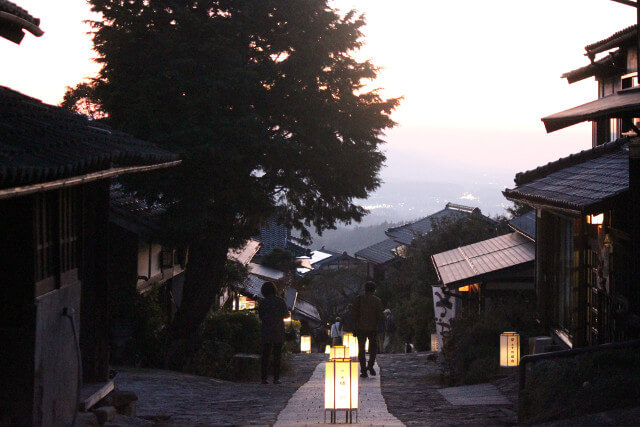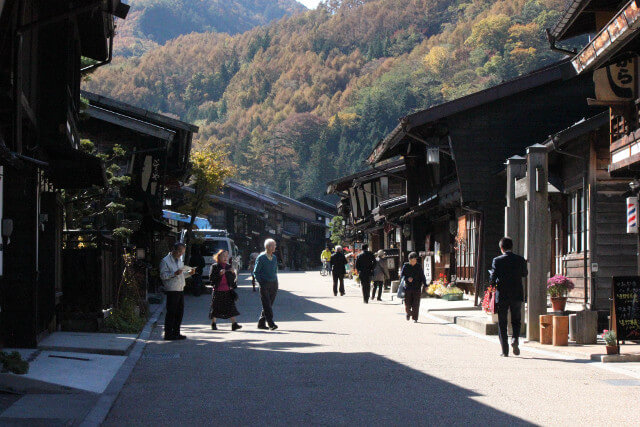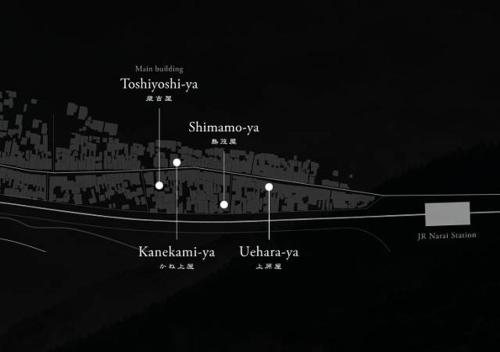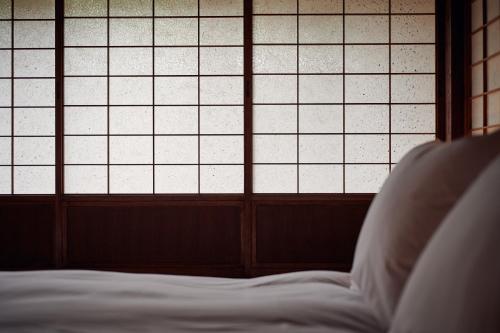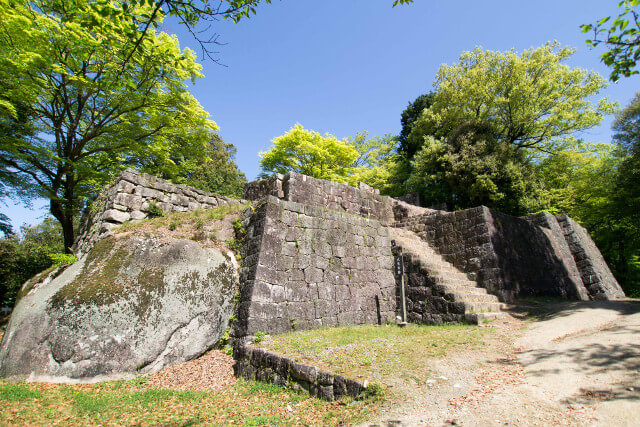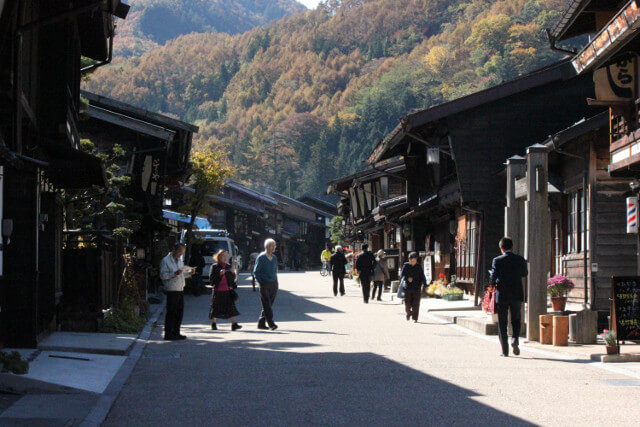
-
01
Tsumago-juku
Tsumago was a post town on the Nakasendo Highway. In the Edo Period it was a thriving commercial center, but after the construction of the Chuo Line to replace the Nakasendo, the village fell into obscurity. In the 1960’s, efforts were made to begin restoring the town to its former condition in order to revitalize Tsumago as a rustic destination for history buffs and fans of the Edo Period. Of the three preserved post towns in the Kiso Valley, Tsumago is the most faithfully maintained. No cars are allowed on the streets, power lines are hidden from sight, and the living quarters of the town’s waki-honjin has been beautifully restored to its condition as of 1877. Although the building is open to the public as a museum, it’s still owned by the family that operated it on behalf of the Tokugawa shogunate in Edo. The success of Tsumago’s revitalization inspired the other former post towns of Magome and Narai to follow suit.
![Tsumago-juku]()
Tsumago-juku
-
02
Magome-juku
Magome is the town next to Tsumago and is still connected by part of the original Nakasendo. It’s popular for travelers to walk the whole route so they can get a feel for how people got around around in the Edo Period. While it may not be as well preserved as Tsumago (it was destroyed by fires in 1895 and 1915), Magome’s mountain top location affords scenic views of the Kiso Valley, Mt. Ena and the surrounding mountain range. In particular, the village is famous for its beauty in autumn when the leaves change colors and at sunset, regardless of the season. Magome’s honjin was operated by the Shimazaki clan (a branch of this family also managed the Tsumago honjin), and in 1872 novelist Shimazaki Toson was born here. Local temple, Eisho-ji (Manpuku-an), has a plot for the Shimazaki family cemetery and one of his graves can be found here.
![Magome-juku]()
Magome-juku
Magome and Tsumago Private One Day Tour from Nakatsugawa
¥16,000
Update date:2024/04/20
-
03
Narai-juku
Of the eleven post towns in the Kiso Valley, Narai was arguably the most prosperous in the Edo Period. Famous for woodwork, combs, chopsticks, and hair accessories in particular, merchants from Edo, Osaka, and Kyoto often came here to buy locally produced goods to sell in their shops back home. Local craftsmen have revived traditional woodworking and today travelers can find a wide variety of high quality goods at reasonable prices. Because Narai is located on the Chuo Line, it’s the most accessible preserved post town in the area – just 50 min from Matsumoto, 2.5 hours from Nagoya, or 3-4 hours from Tokyo.
![Narai-juku]()
Narai-juku
- Narai-juku (post town)
-
4.5
354 Reviews -
-
- Nagano Pref. Shiojirishi Narai
-
-
-
- 0264343160
-
-
-
- 9:00-17:00
-
View AllBYAKU Narai
551 奈良井 Matsumoto

-
04
Naegi Castle
Built in 1532 by the Toyama clan, Naegi Castle was a very unique castle back in its heyday. During the Sengoku Period, mountaintop castles like this were desirable because they were easy to defend and difficult to attack. However, in the peace and stability of the Edo Period combined with the requirements of the policy of sankin-kotai, most feudal lords opted to abandon their intentionally inaccessible mountaintop castles for more convenient flatland designs. The Toyama clan, for whatever reason (most likely financial), decided to keep their castle in the hills. Making it unique was its unplastered, bare clay walls – other castles were usually painted white or black (also down for financial reasons). The castle did, and still does, provide a stunning view of the beautiful forests, mountains, and towns below, including the Nakatsu River. Although the castle is a ruin today, castle fans always speak highly of this site.
![Naegi Castle]()
Naegi CastlePhoto by Jcastle(http://www.jcastle.info/)
- Naegi Castle Ruins
-
-
- Gifu Nakatsugawa-shi Naegi
-
-
-
- 0573668181
-
-
-
- All day admission possible
-
View All
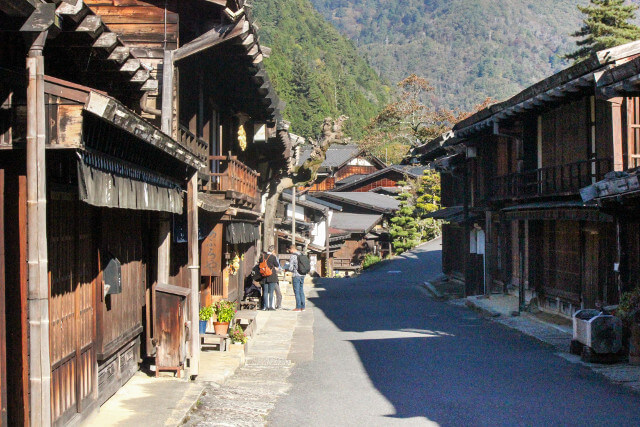

 Go here
Go here